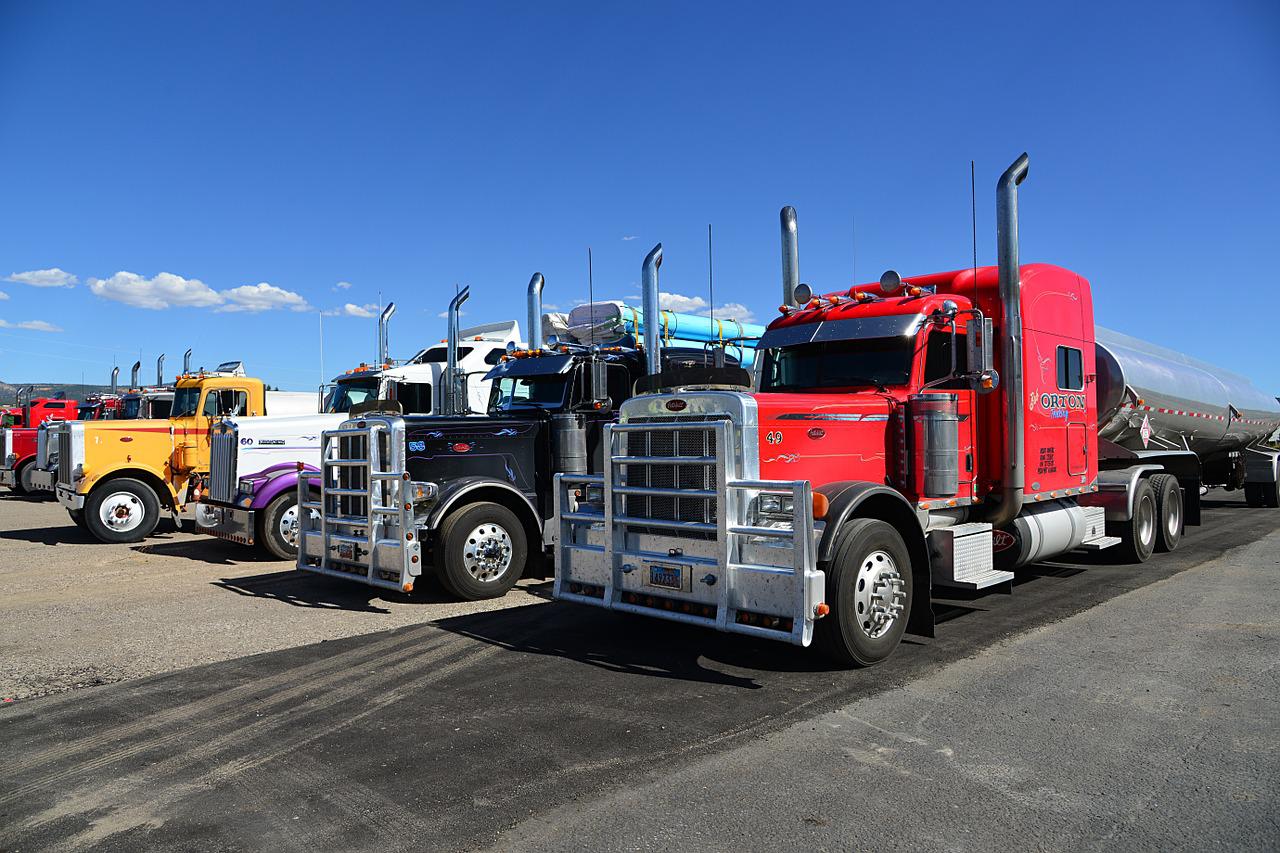RFID or Radio Frequency Identification falls under Arthur C. Clarke’s “Third Law of Prediction” which states: “any sufficiently advanced technology is indistinguishable from magic.” RFID is a wireless radio wave technology that allows small chips, slightly larger than a grain of rice, to be embedded in any object and given a unique ID by an RFID reader.
Increasing Efficiency of “Process Chains”
RFID technology is already being used in warehouses, manufacturing facilities, consumer products, agriculture, waste management systems and more. The RFID process works by allowing quick and efficient movement of products from manufacturers to distribution centers to points of sale such as store outlets.
In the past, when goods reached a distribution center, workers undertook the mostly manual process of picking and packing mixed pallets for delivery to department stores or supermarkets, which was extremely time-consuming. Most of the process of preparing goods for distribution was done in many steps.
With RFID technology, all manual steps take place automatically. RFID labels are affixed to products and pallets as early as the production phase. Communication between RFID transponders and RFID readers is automatic. RFID readers are installed at various points in the sorting and order picking process, and they read the RFID tags as soon as they come within range.
Immediate Wireless Transfer of Data to Management Software Systems
This information is immediately transferred to the merchandise and management system where goods ordered are matched against goods delivered. Transport and sorting in the warehouse are also automated. RFID tags indicate where each product should end up, and products are automatically sorted on conveyor belts, hanging systems, etc.
RFID speeds up time needed at the warehouse to prepare products for shipment, quickens the pace at distribution centers, and gets products to end points with savings in time, energy, and manpower. The RFID process also speeds up the processing of goods when they reach the end point. End point management using RFID includes sorting and positioning of goods. Goods arriving at the warehouse are run through fully automated RFID reader gates and all information on products is transferred to a merchandise management system.
An RFID reader reads as many as 40 RFID IDs per second. RFID readers are placed on forklifts and pallet shelving so operators can identify the storage position of each product. Employees placing products in shelving areas view a computerized screen on the forklift that gives a green light when a product is placed correctly and a red light when it is placed incorrectly. Finally, “taking inventory” is achieved by touching a button. Again, a green light appears if all the product is present and a red light appears if anything is missing.
Related articles on IndustryTap:
- RUD Chain Implements RFID Tracking To Keep Heavy Lifting Safe
- RFID and Near Field Communications Help Advance Autonomous Robot Behavior
- Get in the Game! NFL Players to Wear Tracking RFID Chips This Season.
References and related content:







